The sun seems to be shining on the soft drinks category of late, as it has enjoyed a 9.3% growth in like-for-like sales in the 52 weeks to April 2, 2010, according to data compiled by SalesOut.
This growth has been driven in the main part by continued uplifts in sales of energy drinks (currently running at 18.1% up) and lemonade (+12.5%), which account for 46% and 16% of total growth respectively.
Coca-Cola remains the biggest selling brand in the independent sector (up 7.3% overall), with Coke and Diet Coke showing a moderate increase in sales (2.4% and 6% respectively). Dr Pepper is performing extremely well, with sales up 22.2% over the reporting period. Coca-Cola is also supported by its entrance into the energy drinks market, which is thought to be helping to drive sales overall.
Own-label products are also performing well, with 31.1% growth in like-for-like sales in the past year. This suggests that consumers are opting for lower-priced goods in the soft drinks category, as they have in other categories, to help them to budget better.
The take-home category is currently growing at 9.2%, just shy of the category growth as a whole, which is indicative of a rise in home-based entertainment during the recession. Coke 2ltr and Diet Coke 2ltr are the top-selling products in this category, although their growth rates are small compared with other top 10 selling products including Dr Pepper 2ltr and Coke 1.25ltr.
Also of note is an increase in multipack sales, driven by a propensity for consumers to shop locally during the recession and expand their local purchases to a wider range of groceries, to save money and reduce fresh food wastage.
The recession-driven trend of purchasing non-perishable items in bulk will also have had an effect.
The on-the-go category is also performing well, led by a continually buoyant energy drinks market. Indeed, this market is still expanding, illustrated by the recent launches of shot energy products from Red Bull, Relentless and Lucozade, which are now forming a sub-category of their own.
SalesOut's independent sales Health Check is based on data for more than 11,000 independent stores, 5,000 of which are symbol outlets.
This growth has been driven in the main part by continued uplifts in sales of energy drinks (currently running at 18.1% up) and lemonade (+12.5%), which account for 46% and 16% of total growth respectively.
Coca-Cola remains the biggest selling brand in the independent sector (up 7.3% overall), with Coke and Diet Coke showing a moderate increase in sales (2.4% and 6% respectively). Dr Pepper is performing extremely well, with sales up 22.2% over the reporting period. Coca-Cola is also supported by its entrance into the energy drinks market, which is thought to be helping to drive sales overall.
Own-label products are also performing well, with 31.1% growth in like-for-like sales in the past year. This suggests that consumers are opting for lower-priced goods in the soft drinks category, as they have in other categories, to help them to budget better.
The take-home category is currently growing at 9.2%, just shy of the category growth as a whole, which is indicative of a rise in home-based entertainment during the recession. Coke 2ltr and Diet Coke 2ltr are the top-selling products in this category, although their growth rates are small compared with other top 10 selling products including Dr Pepper 2ltr and Coke 1.25ltr.
Also of note is an increase in multipack sales, driven by a propensity for consumers to shop locally during the recession and expand their local purchases to a wider range of groceries, to save money and reduce fresh food wastage.
The recession-driven trend of purchasing non-perishable items in bulk will also have had an effect.
The on-the-go category is also performing well, led by a continually buoyant energy drinks market. Indeed, this market is still expanding, illustrated by the recent launches of shot energy products from Red Bull, Relentless and Lucozade, which are now forming a sub-category of their own.
SalesOut's independent sales Health Check is based on data for more than 11,000 independent stores, 5,000 of which are symbol outlets.







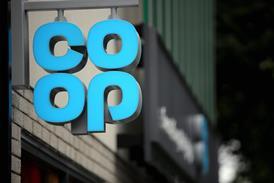
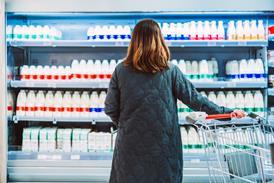
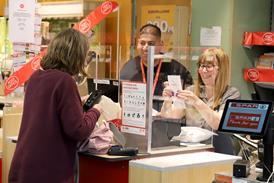

![WG-4003[58]](https://d2dyh47stel7w4.cloudfront.net/Pictures/274x183/4/5/1/353451_wg400358_6083.jpg)




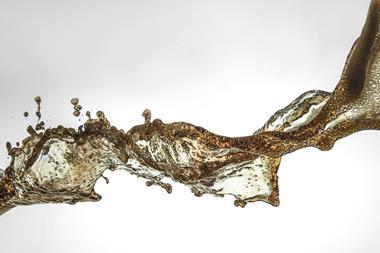

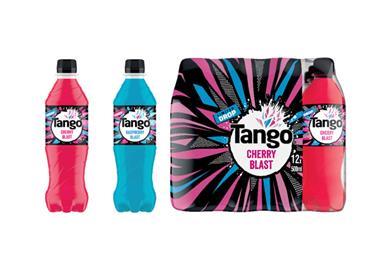
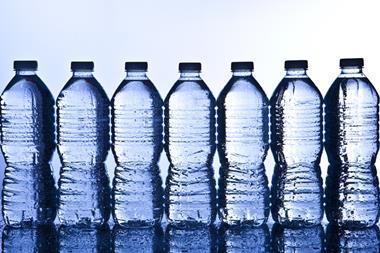




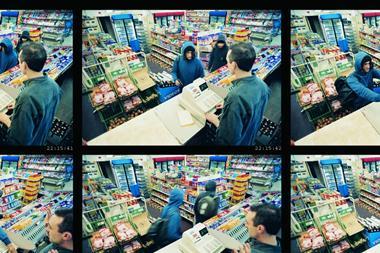
No comments yet